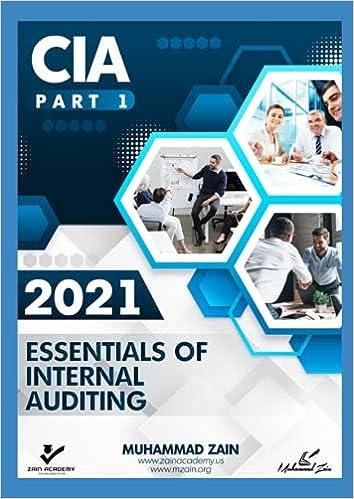
Dwight Donovan, the president of Adams Enterprises, is considering two investment opportunities. Because of limited resources, he will be able to invest in only one of them. Project A is to purchase a machine that will enable factory automation; the machine is expected to have a useful life of four years and no salvage value. Project B supports a training program that will improve the skills of employees operating the current equipment. Initial cash expenditures for Project A are $110,000 and for Project B are $30,000. The annual expected cash inflows are $33,954 for Project A and $10,721 for Project B. Both investments are expected to provide cash flow benefits for the next four years. Adams Enterprises cost of capital is 6 percent. (PV of $1 and PVA of $1) (Use appropriate factor(s) from the tables provided.) Book Required Print ferences a. Compute the net present value of each project. Which project should be adopted based on the net present value approach? b. Compute the approximate internal rate of return of each project. Which one should be adopted based on the internal rate of return approach? History Bookmarks Window Help Homework 11 #11 Daryl Kearns saved $250,000 during the 25 years that he worked for a major corporation. Now he has retirec the age of 50 and has begun to draw a comfortable pension check every month. He wants to ensure the financial security of his retirement by investing his savings wisely and is currently considering two investment opportunities. Both investments require an initial payment of $184,500. The following table presents the estimated cash inflows for the two alternatives: Opportunity #1 Opportunity #2 55,705 58,800 $78,890 $101,310 104,400 109,400 17,000 14,600 Mr. Kearns decides to use his past average return on mutual fund investments as the discount rate; it is 12 percent. (PV of $1 and PVA of S) (Use appropriate factor(s) from the tables provided.) es Required a. Compute the net present value of each opportunity. Which should Mr. Kearns adopt based on the net present value approach? b. Compute the payback period for each opportunity. Which should Mr. Kearns adopt based on the payback approach? Complete this question by entering your answers in the tabs below. Required A Required B 20 , 3 4 5 7 8








